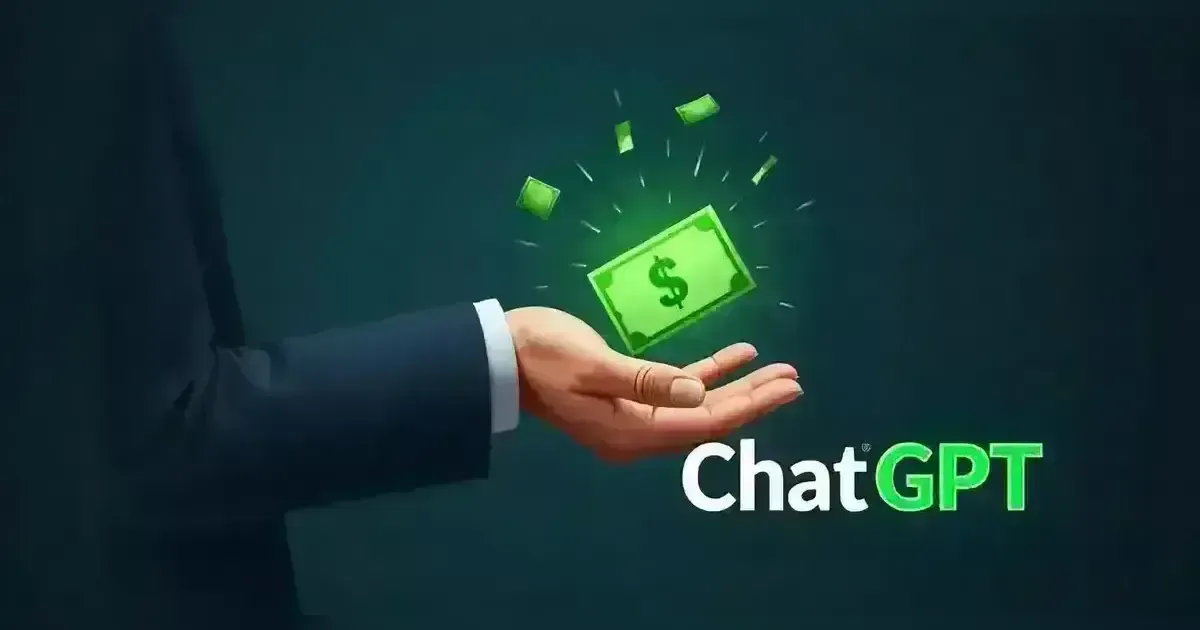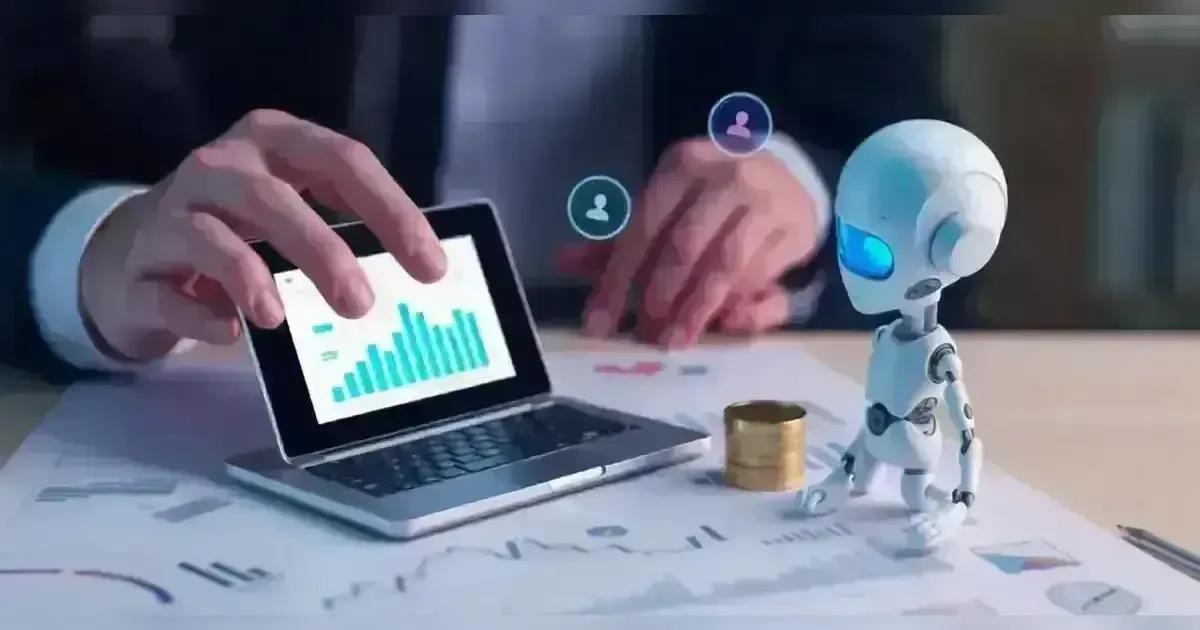Unlock the power of YouTube as your ultimate learning tool! Discover how this platform’s diverse content, expert tutorials, and flexible access can help you master any skill—from hobbies to career growth. Dive in and transform your learning journey with just one click
Can YouTube Help You Master a New Skill?
Introduction
Picture degree courses that allow you to learn how to play the guitar, bake the most delicious cake in the world, or even code a whole website without having to go anywhere. Today, you can turn to YouTube as a resource offering millions of users to master new knowledge and open new opportunities. Whether you’re entirely new to this or an expert, this platform has covered you with well over a billion videos on virtually every topic imaginable.
The attraction of using YouTube is its versatility and easy access to the platform. For as long as it is web based, it is possible to come across tutorials, demonstrations or even a complete course given by a professional; all of these are free. This has brought a major revolution in the ways people learn by making the learning process more dynamic, graphical and generally more interesting. However, can this increasingly sought-after program effectively allow you to perfect such a skill?
This article seeks to discuss how learning is aided by YouTube how the platform works, and how best to succeed. Whether you’re interested in decoding what makes YouTube educational to receiving guidance on how you can optimize your learning with the platform, we have you covered everything you need to know about using YouTube as a tool for personal and professional development. Let’s dive in!
Body
1. YouTube: More Than Entertainment
First of all, YouTube was considered an entertainment website, created chiefly for music videos and humorous clips circulation. But it has been developed as an enormous collection of helpful materials for learning over the years. A large portion of creators have chosen education as their primary niche and use their channels to enlighten their viewers.
For instance, the Skillshare or Khan Academy platforms offer courses in the form of lectures on specific niches including design or physics. At the same time, independent creators engaged in such activities, sharing advice, stories, and usage instruction. This evolution has enabled YouTube to become one of the most significant assets in both conventional and flexible learning systems.
That is why we have chosen the following eras as chronological boundaries:
2. Learning Anytime, Anywhere
One of the strongest sides of YouTube is the site’s availability. They are not always responsive to your timing, unlike the traditional learning methods where you have to follow certain timelines. Sit in your car, on your couch or in a supermarket line, and with just a smartphone and connectivity, one has more information than one could read in a lifetime at their fingertips.
This is suitable for a lot of people mainly because the daily schedules of most people do not allow them to attend class physically. A working man or woman may spend their lunch hour watching videos on how to be more productive at work, while a student may spend their weekend browsing articles on higher mathematics. YouTube cancels geographical and temporal restrictions, so learning becomes genuinely global.
Furthermore, YouTube helps you learn anytime, any day, without missing a class or a session. If a student wants to study at midnight or during a vacation, the platform is more than happy to satisfy the client’s needs. Day and night, this constant availability puts it in a different category from other online forums or live classes.
3. Guest Post: Allowing Your Blog to Grow by Writing Diverse Content for Every Learner
Like any other video-sharing site, YouTube offers a highly diverse content list, meaning you will always find something that befits your tastes. Whether your wishes correspond to taking pictures of Machu Picchu, building a piece of furniture or learning Spanish, there is a video for you.
Furthermore, creators tend to address learning in categories of learning modality. The visual learners can grasp concepts from watching a video, the auditory learners can pay attention to detailed descriptions,, and the kinesthetic learners can use the guides. This works to the advantage of everyone as people will permanently settle for a method that suits them most, making learning much more accessible.
Besides that, YouTube displays content according to your preferences,, depending on what you watch most of the time. If you have been streaming cooking lessons, you will find other recommended lessons on similar recipes, cooking techniques or types of meals. This makes the whole learning process enjoyable as each learner gets to experience it uniquely.
4. Visual Learning Made Simple
In this case, the aesthetic appeal of videos to the audience is one of the most significant advantages of YouTube. Visual learning is relatively better than any learning because it involves witnessing the dish being prepared by a chef or a musician playing an instrument compared to implementing the knowledge gained by reading a manual or an audio lesson.
Let me explain this through an example: woodworking. An educational video that describes how to utilize tools get the correct dimensions and fit them correctly can help the learner. Likewise, people interested in working out could be better positioned to follow workouts by observing correct procedures. Hence, its emphasis on the visual and practical approach will ensure that the lessons taught do not overwhelm and confuse the learner.
Moreover, videos have extras such as closed captions, pop-outs, and annotations within the video streaming screen. These elements support learning and help grasp even the tiniest aspects of one skill or another.
5. Cost-Free Education
Traditional education can always be a considerable expenditure, but not with YouTube, which is cheaper. Almost all of the videos are free of charge to facilitate learning so that most learners can afford high-quality lessons.
For example, just as entry-level software engineers might come across and master fundamental elements of a programming language without signing up for expensive courses such as the Udacity online branded computer science courses, which cost $99 per month. All kinds of niches, including digital marketing or video editing, have guides on writing a perfect resume,, even for free. This affordability extends education to increase learning among people of all classes.
Specific creators also give their audiences bonuses or subscription options where the creator can provide more elaborate textured information. Nevertheless, such courses are often cheaper than ordinary lesson, so YouTube is a financially practical approach for anyone ready to learn.
6. Self-Paced Learning
It is much the same with YouTube because learners are different and their learning abilities is different. Let’s compare it with a conventional class where a teacher goes over the material in front of students, and Let’se can rewind the lesson if they don’t grasp some information immediately.
For instance, if you are learning to play the piano after watching or listening to a segment, you can revisit that segment over again until you get it right. This accommodation enables learners to admix their learning and expertise, boosting their confidence and competence.
Also, the YouTube features that allow one to adjust the playback speed let you slow down or speed up. Pacing a tutorial can be very helpful in understanding concepts, especially when the tutorial has advanced information. Using the fast motion effect can help go over information that has already been covered.
7. Direct Access to Experts
YouTube provides the connection between learners and knowledge. The platform is helpful for many professionals who share their expertise to provide information that may not be usually available.
For instance, celebrities like Gordon Ramsay teach people how to cook, and Chloé Ting offers fitness regimes. The availability of such professionals also improves the learning process and creates credibility in the quality of the content.
We also see specialists completing live Q&A, commentaries, and community posts, allowing people to ask questions and explore more. It thus creates close personal contact and mentorship between the facilitators and the participants.
8. Challenges of Learning on YouTube
Despite all that, we can see that YouTube has unique opportunities and is not without difficulties. Since anyone could post information on the platform, there is an uneven terrain of the quality and reliability of the information provided. Thirdly, due to the significant number of videos available, it may become confusing as to which resource is the most valuable.
To address these issues:
• Vet Creators: Check for videos from stations which have received positive comments, which need to be validated by accreditation.
• Compare Information: When reaching for a specific subject, watching several videos on that subject is favourable.
• Use Playlists: Use a playlist to create order in your learning process and track your performance.
When taking these measures, a formless and nerve-wracking surfing session becomes a directed and enlightening learning process.
9. To start with, creating a community of learners can be described as designing and implementing learning communities.
YouTube leads to the creation of a learners’ community. Most people promote engagement by requiring viewers to leave comments on the video or to post their questions, experiences or feedback on discussion forums or livlearners’.
For example, a person learning photography will likely receive feedback on which camera settings to use in a comments section from the creator and the viewers. They not only help learners to get clarifications on issues they have not understood but encourage and motivate the learners, making learning more fun.
Some colleagues organize competitions or familiar works or draw invites to different programs, making their followers practice and perform. Such measures cause close-knit groups and the feeling of growth together.
10. YouTube for CareerorganizeIn addition to hobbies, YouTube is also productive in professional growth. The C4C architecture is employed to teach new skills within various sectors, build up a more enhanced resume, and research current trend updates.• Businesspeople can view videos over strategies.• Companies are offered such services as interviews and resume-building tips.• One can raise competencies like designing, digital marketing, or content creation to attract more customers. Encourage interaction through comments, live streams, and forums, allowing viewers to ask questions, share experiences, and offer feedback.
For instance, a viewer learning photography might ask for advice on camera settings in the comments section and receive tips from both the creator and fellow viewers. These interactions clarify doubts and provide motivation and support, making the learning journey more enjoyable.
Some creators even host challenges or collaborative projects, encouraging their audience to practice and showcase their skills. These initiatives create a sense of camaraderie and shared growth.
10. YouTube for Career Growth
Beyond hobbies, YouTube is a valuable tool for professional development. Many people use the platform to learn industry-specific skills, enhance their resumes, and stay updated with the latest trends.
For example:
• Entrepreneurs can watch videos on business strategies.
• Job seekers can find interview tips and resume-building advice.
• Freelancers can improve graphic design or digital marketing skills to expand their client base.
This practical, real-world-focused material helps make YouTube a must-watch platform for anyone in a career field..
11. How YouTube Has Become a Gateway to Learning in Some Folks’ Field of Pursuits
With YouTube, people can open links of curiosity and venture as a result. Regardless of whether someone is starting a new career or returning to a previous interest, the site allows people to progress.
For instance, a history lover may come across events he has not read in books through documentaries and a fitness freak will look for new physical exercises. YouTube material makes learning fresh and easy and creates a learning culture that translates to self-improvement only.
Conclusion
This paper focuses on locating YouTube as an effective platform that has transformed the learning process through a combination of openness, inclusiveness, and interactivity; the platform offers a range of ways to enhance the acquisition of new knowledge and skills. Quite often,, it serves as entertainment; in other cases, it’s for learning a new language, job search or getting inspired.
Nonetheless, the ability to succeed crucially depends on how you apply it. When specific goals are in mind, high quality content selected, and regularity maintained, YouTube can become a powerful platform for self and career improvement.
So, what you is becoming a YouTube learner today and getting that first lesson to begin transforming into an expert in a given field? The opportunities are countless – maybe the next big success story is waiting right before you with only a few cursory strokes.


























